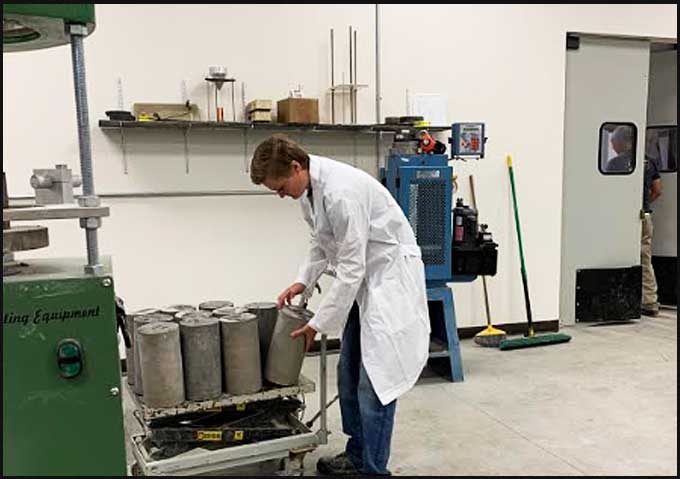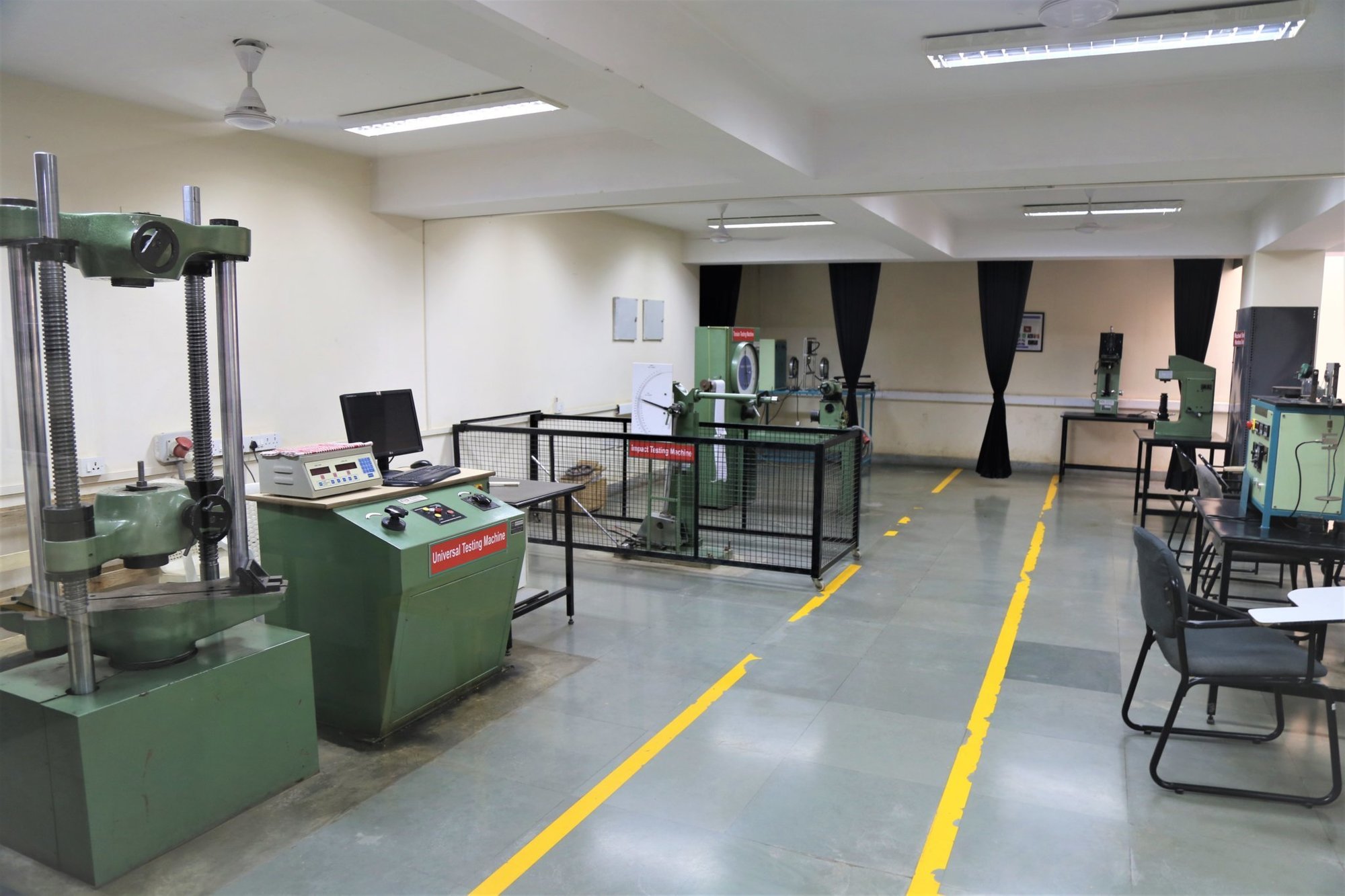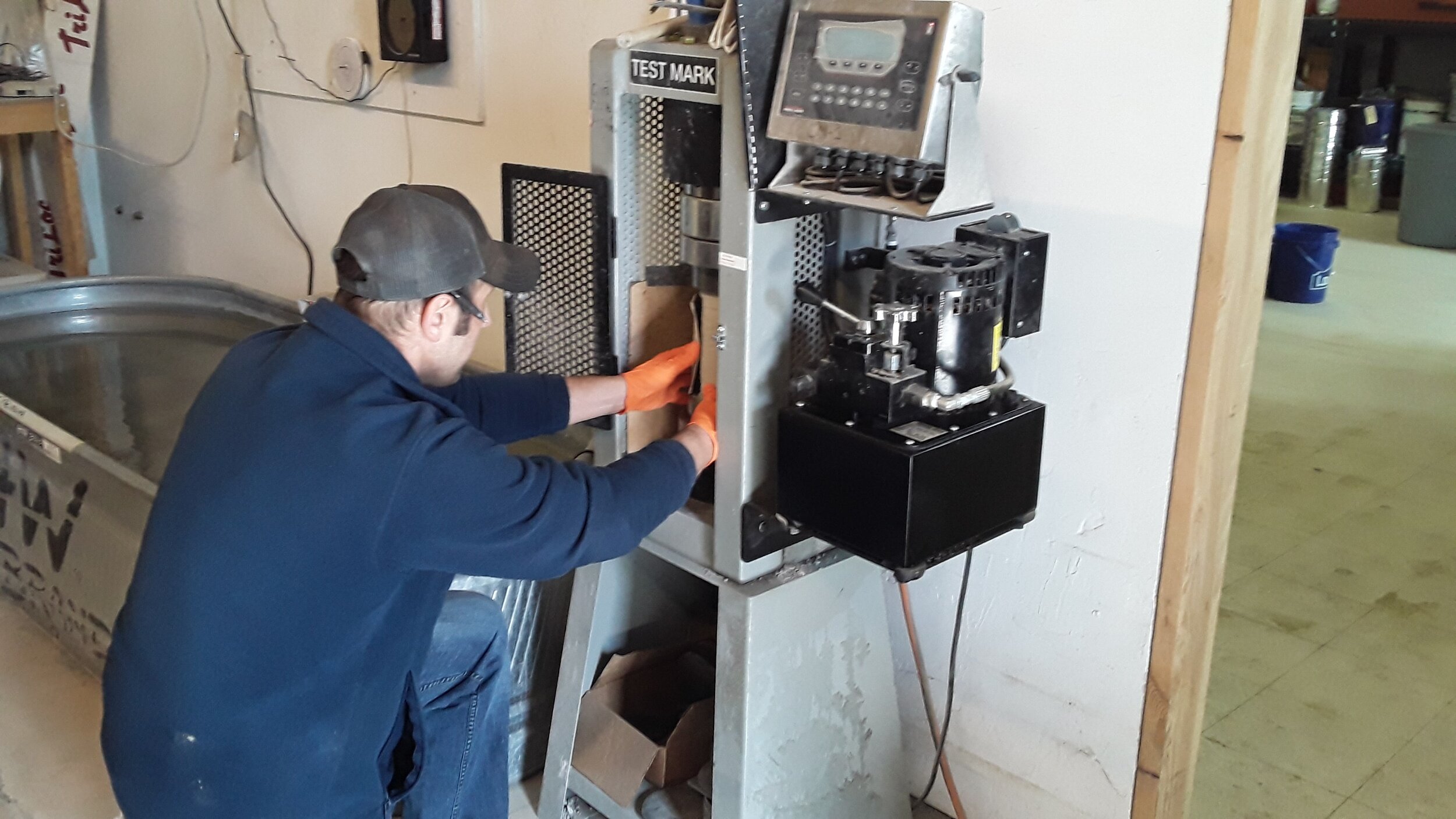Your Trustworthy Material Testing Lab Companion: A Dedication to Quality
Wiki Article
Innovations in Material Testing for Unprecedented Efficiency
This brings us to the appealing realm of improvements in product testing, where cutting-edge approaches and ingenious strategies are transforming the method we recognize and optimize product efficiency. Let us get started on this trip of expedition, as we uncover the exceptional advancements in product screening and their potential to form the future of various markets.Non-Destructive Evaluating Strategies
Non-destructive testing strategies are essential for reviewing the integrity and dependability of materials without causing any damages. These strategies play a vital function in different industries, including aerospace, vehicle, building and construction, and manufacturing. By utilizing non-destructive testing approaches, designers can analyze the homes and qualities of materials, ensuring that they fulfill the called for requirements and specs.
An additional commonly made use of technique is magnetic bit screening (MT), which is mainly made use of for spotting surface area and near-surface defects in ferromagnetic materials. By applying an electromagnetic field to the product and then presenting magnetic fragments, any type of issues present can be conveniently recognized. MT is especially efficient for detecting cracks, lack of fusion, and various other surface area abnormalities.
Advanced Materials Characterization Techniques
Advanced products characterization approaches are necessary devices for reviewing the buildings and performance of materials in numerous industries. These techniques entail the usage of innovative methods to evaluate and understand the microstructure, composition, and behavior of materials at the atomic and molecular degrees. By using innovative characterization scientists, designers and techniques can gain beneficial understandings right into the structural integrity, mechanical residential or commercial properties, thermal stability, and chemical sensitivity of products.One commonly used approach is scanning electron microscopy (SEM), which supplies high-resolution pictures of a product's surface area. SEM permits the evaluation of the product's morphology, topography, and essential structure. Another vital method is X-ray diffraction (XRD), which provides details regarding the crystal structure and stage structure of materials. XRD is specifically beneficial for evaluating the setup of atoms in crystalline products.
Furthermore, transmission electron microscopy (TEM) makes it possible for scientists to observe the internal framework of materials with atomic resolution. TEM is qualified of exposing information such as grain dislocations, flaws, and limits, offering essential info concerning a material's mechanical buildings - material testing lab. Additionally, spectroscopic methods like Fourier-transform infrared spectroscopy (FTIR) and Raman spectroscopy can be made use of to analyze the chemical composition, molecular structure, and vibrational settings of products
High-Temperature and Extreme Setting Testing
In order to assess the efficiency of products in high-temperature and severe environments, rigorous testing techniques are essential. These screening approaches are designed to mimic the conditions that materials may run into in real-life applications, such as aerospace, auto, and power industries. High-temperature and extreme environment testing aims to examine the actions of products under severe warmth, stress, and various other tough problems.One commonly used method for high-temperature screening is thermal analysis. This technique includes subjecting the product to differing temperature levels while gauging its thermal properties, such as thermal expansion, heat capacity, and thermal conductivity. By evaluating these residential or commercial properties, researchers can identify how the material will act under various temperature level problems, allowing them to pick one of the most appropriate materials for particular applications.
One more vital aspect of high-temperature and extreme setting screening is mechanical screening. This entails subjecting the product to mechanical anxiety at elevated temperatures, simulating the problems it may experience in real-world applications. Mechanical testing helps review the product's stamina, ductility, and resistance to deformation and failure under high-temperature and severe problems.
In addition, ecological testing is crucial to examine the material's performance in rough problems, such as corrosive environments or direct exposure to extreme climate condition. This testing entails subjecting the material to numerous environmental factors, such as moisture, salt spray, and UV radiation, to evaluate its sturdiness and resistance to deterioration and destruction.

Simulation and Modeling for Material Efficiency
Simulation and modeling play an essential duty in understanding and forecasting the efficiency of products in numerous applications. With developments in computational capacities, researchers and designers can currently model the behavior and mimic of products under various conditions, providing important understandings into their efficiency and aiding in the development of brand-new materials with boosted properties.With simulation and modeling, scientists can examine the tiny and macroscopic actions of materials, including their mechanical, thermal, and electrical residential or commercial properties. This enables them to predict how products will act under various loads, temperatures, and environmental conditions, without the need for lengthy and expensive experimental testing.
Simulation and modeling strategies also make it possible for researchers to maximize material layouts and determine potential weaknesses or failure points. By studying the material's action to different pressures and stimulations, engineers can make educated decisions regarding material selection and layout modifications to enhance efficiency and resilience.
Additionally, simulation and modeling can help in the development of products for details applications. In the aerospace market, researchers can simulate the actions of materials under extreme temperatures and pressures to establish lightweight yet solid products for aircraft frameworks. In the medical area, simulation strategies can be made use of to research the interactions in between materials and organic tissues, resulting in the advancement of biocompatible products for implants or medication shipment systems
Assimilation of Artificial Intelligence in Material Testing
The consolidation of Expert system (AI) right into material screening has changed the area, making it possible for scientists to accomplish unprecedented precision and effectiveness in evaluating material efficiency. Resources AI algorithms can process and assess huge amounts of information, determining patterns and correlations that might not be quickly noticeable to human researchers. This permits for even more specific and extensive testing, causing a deeper understanding of product actions.One application of AI in product testing remains in the development of predictive versions. By training AI algorithms on huge datasets of product residential properties and efficiency, scientists can create versions that can precisely forecast the actions of new products under different problems. This can considerably speed up the material advancement procedure, as it enables researchers to screen and prioritize products with preferred buildings.
In addition to anticipating modeling, AI can additionally be used to maximize testing treatments. By evaluating historical screening information, AI formulas can determine the most interesting and reliable examinations to carry out, decreasing the time and sources required for product examination.
In addition, AI can help in the identification of anomalies or issues in products. By comparing test outcomes click now versus anticipated results, AI algorithms can spot variances and alert researchers to prospective problems. This can aid boost quality assurance procedures and make certain the use of products that meet the required requirements.
Final Thought

By examining these homes, scientists can figure out how the material will certainly behave under different temperature level conditions, allowing them to choose the most ideal materials for certain applications.
The consolidation of Artificial Knowledge (AI) into material screening has transformed the area, making it possible for scientists to attain unprecedented precision and efficiency in examining product efficiency.In conclusion, developments in product screening methods, characterization techniques, extreme and high-temperature environment testing, and the assimilation of artificial intelligence have actually considerably contributed to the development of unmatched efficiency in products. These improvements have enabled for the recognition of material homes and actions, enabling the style and optimization of materials for numerous applications. material testing lab. With further research study and technical improvements, material testing will continue to play an important function in pushing the borders of material efficiency
Report this wiki page